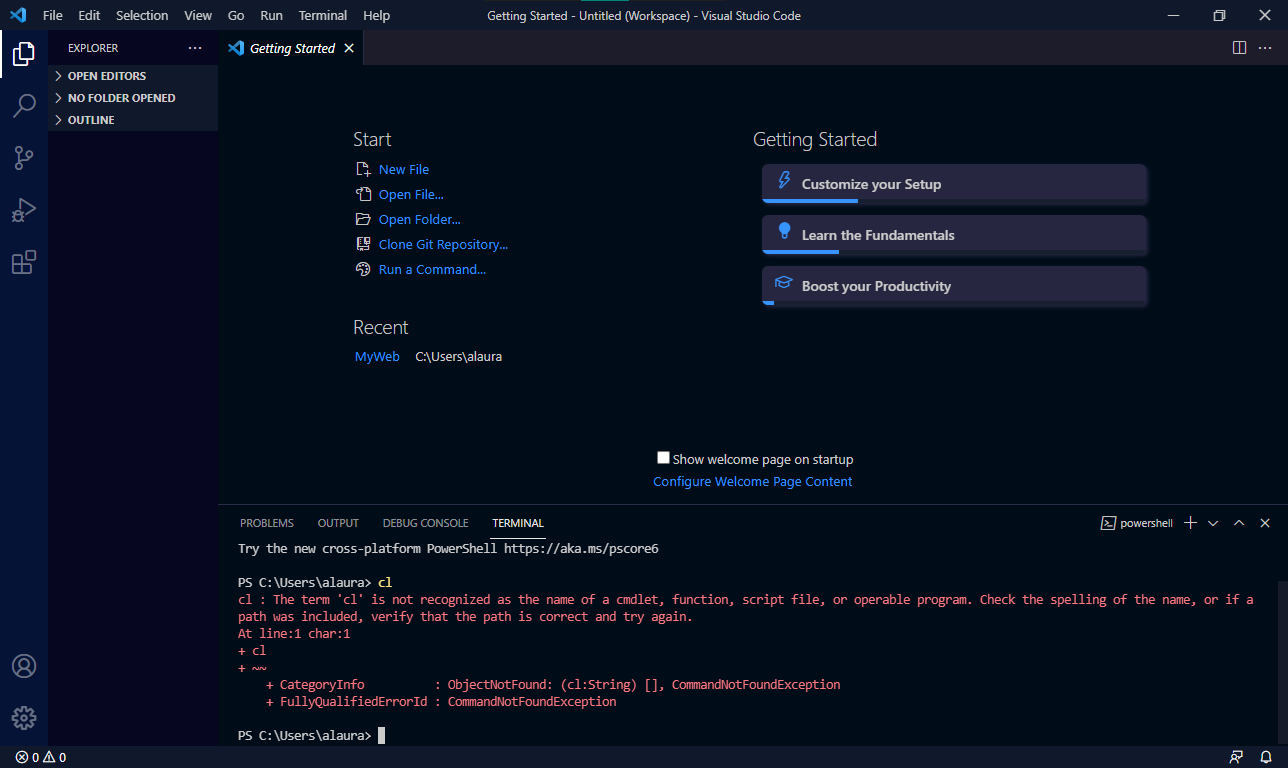
If it shows the “ 1 file(s) copied” message, it indicated that the file has been copied to the destination folder successfully.Ĭopy C:\Users\Administrator\Downloads\pdr-ol-log.txt D: In the elevated Command Prompt window, type the following command and hit Enter to copy the file “pdr-ol-log.txt” on the C drive to the D drive root. Type cmd in the Search box, and then right-click the Command Prompt window and select Run as administrator. Copy a Specific File via the Copy Command Note down the destination directory that you want to copy to. For example, the file name is “pdr-ol-log.txt” and the location is “C:\Users\Administrator\Downloads”. Find the location and name of the file, and note them down. Press the Win + E keys to open File Explorer. Also, you should write download the destination folder you want to copy to. Before the CMD Copy Fileīefore you start running the Windows copy command line, it’s necessary to know the directory/path and name of the file you want to copy. The first is to copy a specific file using the copy command, while the other is to copy the directory using the xcopy command.
#Write cmd c how to#
How to move files using CMD? Here we summarize the most two common ways to copy file CMD. How to Copy Files Using CMD in Windows 10/11 To know more about copy file CMD lines, you can refer to this article. For example, if you want to copy the encrypted files to the destination as decrypted files, then you need to add the “ /d” to the end of the Windows copy command line. Of course, different copy file command lines bring different results. If you want to copy the entire directory and its content, then the Xcopy command is a good choice. If you just want to copy a specific file in Command Prompt, then you can use the Copy command.

What command can be used to copy files? The answer depends on the way you want to copy file CMD.

Read More What Command Line Can Be Used to Copy Files


 0 kommentar(er)
0 kommentar(er)
